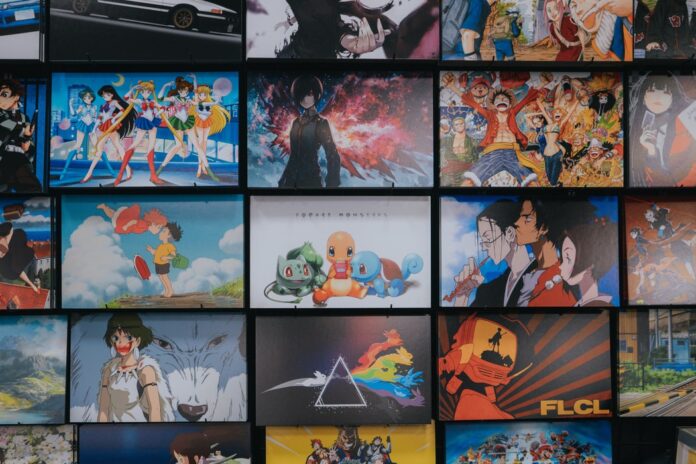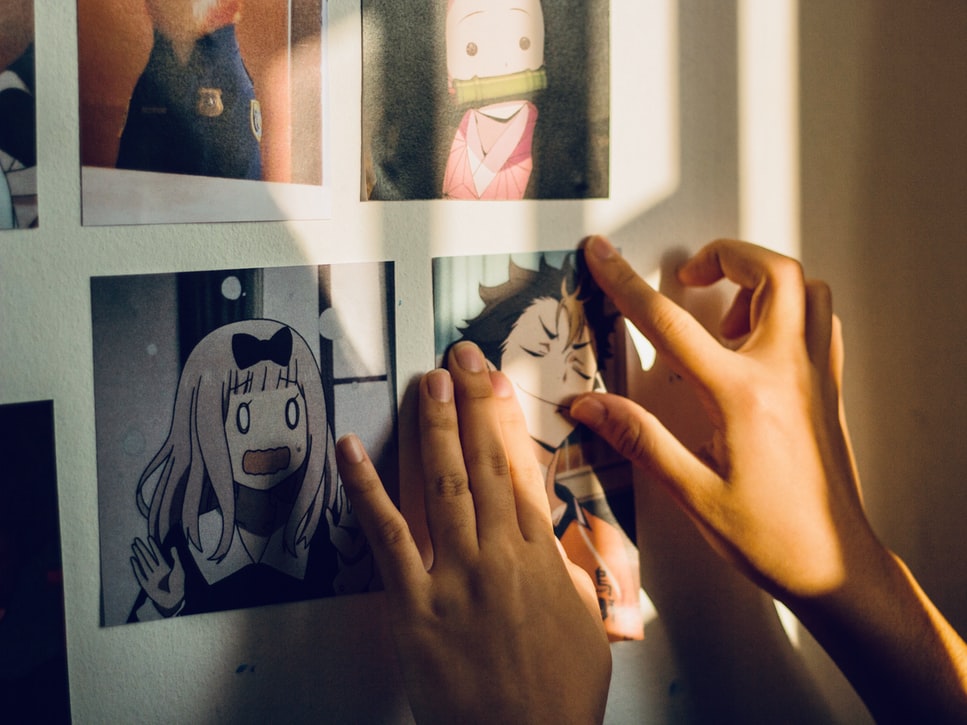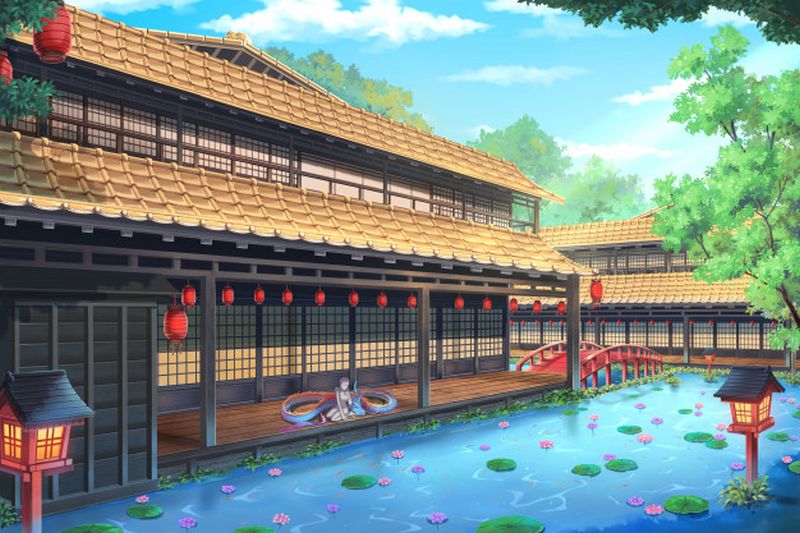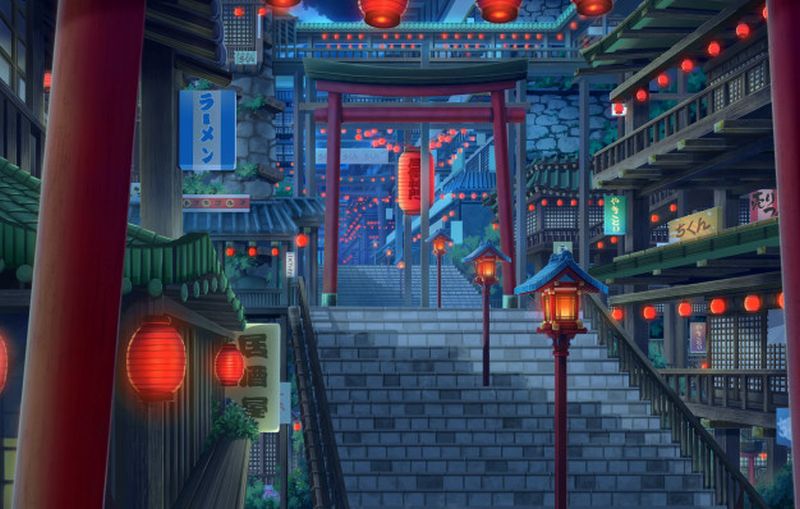
Imagine the situation. You are watching your favorite anime that comes to its climax, the main characters go to the final battle with the villain and yes, this is exactly what you have been waiting for! You turn on the coveted next episode, which should commence the events of the finale, when suddenly, the heroes appear at a beach, not at all concerned with their final battle. What is this anyway? Fireworks Festival? Hot Springs Series? You think to yourself: Hey, heroes, you were preparing to save the world, why did you suddenly decide to turn around on the way to rest? The answer to these many questions is one: you are presented with a filler episode in anime.
In our time, the term “filler” has acquired a sharply negative connotation. “Fillers again!”, “There are only fillers in Naruto!” “I won’t watch Bleach – they are boring fillers.” So why do anime fans dislike fillers so much?
We hereby try to show that although in 80% of cases filler episodes can be annoying, they can often prove quite interesting too.
So, we are ready to start.

What are Fillers?
Filler episodes are a common phenomenon in the anime industry, which are not related to the main plot of the series. The Urban Dictionary describes fillers as a subdivision of anime which is not in the original manga (graphic Japanese novels that most anime series are adapted from). Fillers, as the name suggests, “fill” anime with surplus material which always diverges from the original plot, and is usually created by the same company that brings the title to life. Pretty simple?
Two Types of Fillers
1. Separate fillers in anime refer to the episodes that are not connected with each other by a common plot. The purpose of such episodes is to defuse the atmosphere after an important fight, to create a comedic mood and relax the audience. These could be beach scenes, hot springs, and the like. As a rule, such episodes are filled with fan service.
(Example: Fairy Tail Episode 18 – “Exchange”)
2. Filler story arcs. The name speaks for itself. These are several (usually from 10 to 30) series united by a common plot, in which the heroes fight against new antagonists who do not influence the main course of events, but are somehow involved in it.
(Example: Fairy Tail episodes, “Daphne” and “Keys to the Starry Sky”)
Now let’s find out: for what purpose do the creators of the anime interrupt the main narrative of the series and show us the fruits of their own fantasies?

Why Use Fillers?
Everything is pretty simple in fact. Fillers are often nothing more than a way to buy time. Anime series are almost always adapted from Japanese mangas. Most TV shows start filming the series before the original manga is finished and released. In order to allow authors time to finish their mangas, many companies use filler episodes in the meantime.
In this manner, the creators of anime have to follow alternative, most roundabout paths with dizzying twists and turns, striking the most sick imagination in order to align with the original source.
Also, if the series is gaining huge popularity among viewers, anime companies often add fillers to extend the show, capitalizing on popularity and profitability (remember Naruto Shippuden parasitizing on fillers for years to keep on trend).
Why Do Anime Fans Dislike Fillers?
Many dislike the usage of filler arcs in anime due to the problem of incoherence. Oftentimes, anime and manga become completely different works through excessive reliance on fillers, and, as a result, one of them remains unfinished.
But this is not the only disadvantage of fillers. Fans do not like the technical side of the issue, namely: the poor quality of the filler episodes.
These issues are certainly present, but not with all filler episodes.

Not All Fillers are Bad
And yet, there exists also a more responsible approach to fillers. For instance, the creators of anime Fairy Tail constantly consult with the original author of the manga before creating fillers. Most of the scripts for the filler episodes here are written in collaboration with Hiro Mashima, the author of the original manga. This approach tackles the issue of incoherence, which arises from too many different minds tackling one single story.
Fillers in Fairy Tail delight the viewer with their crazy humor and numerous references to another manga by Hiro Mashima, Rave Master. But interesting fillers are more the exception rather than the rule.
What’s your opinion on the matter? Dozens of social media pages discuss fillers. Use SocialWick to get your comments seen, and you might convince the creators to stop adding fillers (or not).
Summing Up
So, dear friends, our “filler story” has come to an end. It’s time to answer the question: are fillers really evil? And our answer is no (at least not absolutely). Sometimes you come across really alluring, well-made additional episodes that harmoniously fit into the plot. And again, we all have different tastes: it is quite possible that you will even like the fillers in Bleach…
















